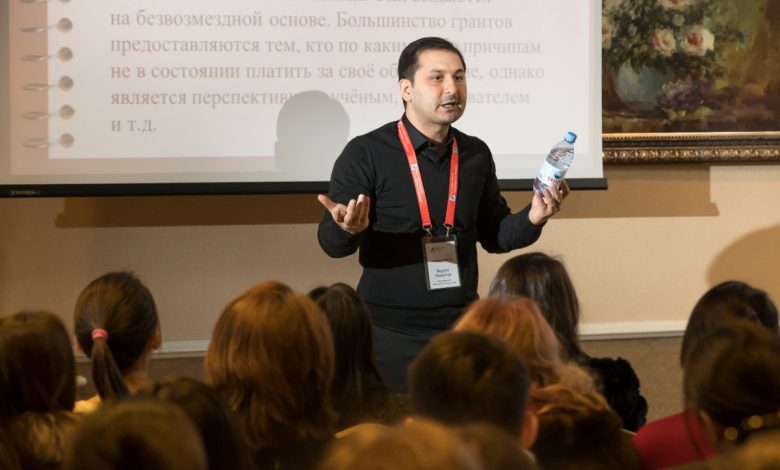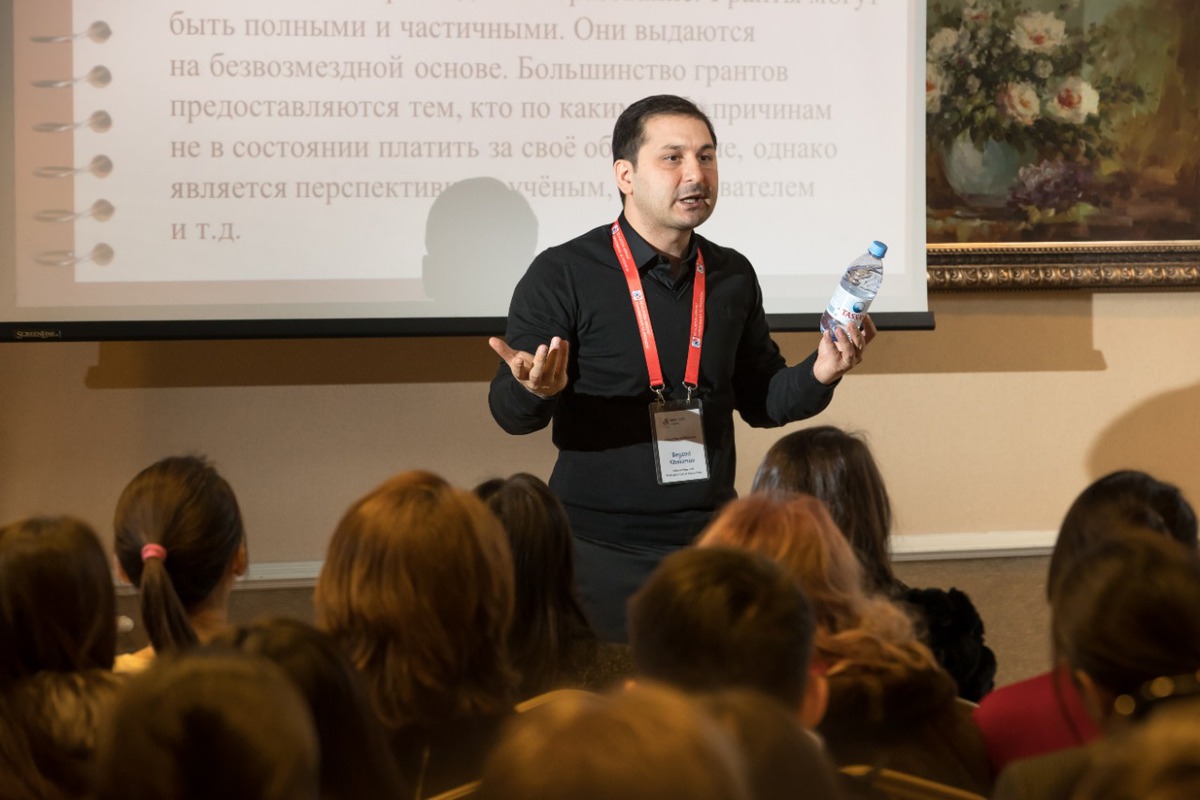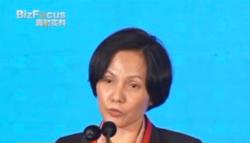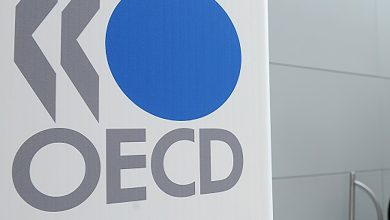Expert Explains Features of Central Asian Academic Curriculum

ASTANA – Educational opportunities in Central Asian states have been improving, but there is still room for significant enhancement in terms of creative and critical thinking skills development. In an interview with The Astana Times, Begzod Hakimov, a study abroad mentor, provided insights into academic and cultural differences between East and West.

Begzod Hakimiov.
For the last five years, Hakimov has been popularizing creative writing. In his opinion, unlike in western educational systems, an average student in the Central Asian region knows little about creative writing.
Difference in teaching approaches
“Young people from Central Asia struggle to efficiently demonstrate their potential and present themselves to outsiders. That is because our upbringing is largely based on remaining reserved and being modest,” said the mentor.
These historically established behavioral patterns, according to Hakimov, are strongly reflected in the teaching methods of many educational institutions in the region.
“The teaching approaches in the two worlds [East and West] differ. While we are still focused on rote learning and memorizing, the western education promotes creative and critical thinking in the first place,” he said.
In that sense, the differences explain why talented Central Asian students sometimes fail to be admitted to reputable universities abroad.
The lack of structured creative writing programs in both state and private schools across the region indicates the need to develop self-expression, creativity, and critical thinking skills of the young people in the region.
“To begin with, it is critical to introduce and incorporate comprehensive creative writing programs into schools that go beyond ad-hoc courses and offer continuous, structured learning,” said Hakimov.
Another aspect, he noted, is the development of critical thinking skills as part of an academic curriculum. For this purpose, educators need to encourage students to analyze, evaluate, and create new ideas.
“School teaching methods should include opportunities for students to engage in self-reflection and personal expression to help them to articulate their thoughts and experiences effectively,” said Hakimov.
“Last but not least, educators need to be trained in modern, student-centered teaching methods that promote creativity and critical thinking, moving away from traditional rote learning approaches,” he added.
An Uzbek native, Hakimov has been living in the Kazakh capital for 17 years. In 2017, he launched a motivation letter program to train and counsel students in crafting convincing motivation letters and personal statements. The high demand for that type of educational assistance inspired the mentor to write a guide book for the younger generation titled “Insight into Motivation Letter Writing.”
He is convinced that more than half of the success of university admission depends on motivation letters. At the same time, an essay that is suitable for the U.S. universities will not be suitable for the German higher education institutions given differences in cultural mindset and emotional perception.
Education trends
Turning to higher education trends in Central Asia, Hakimov noted an increasing interest in computer science, engineering, business, and medical sciences, as these areas “provide better career prospects and are in high demand in the global job market.”
He also mentioned a growing popularity of international scholarship programs in the region, particularly Erasmus Mundus, Chevening, Fulbright, the German Academic Exchange Service (DAAD), Hungaricum Stipendium, and other country-specific scholarships, which allow students to offset the high costs of studying abroad and provide additional support in terms of networking and professional development.
The Kazakh government’s policy highlights education as the cornerstone of societal growth and economic prosperity. The majority of investments in the country cover the development and expansion of the educational infrastructure through state programs ensuring inclusivity and introducing innovations.





